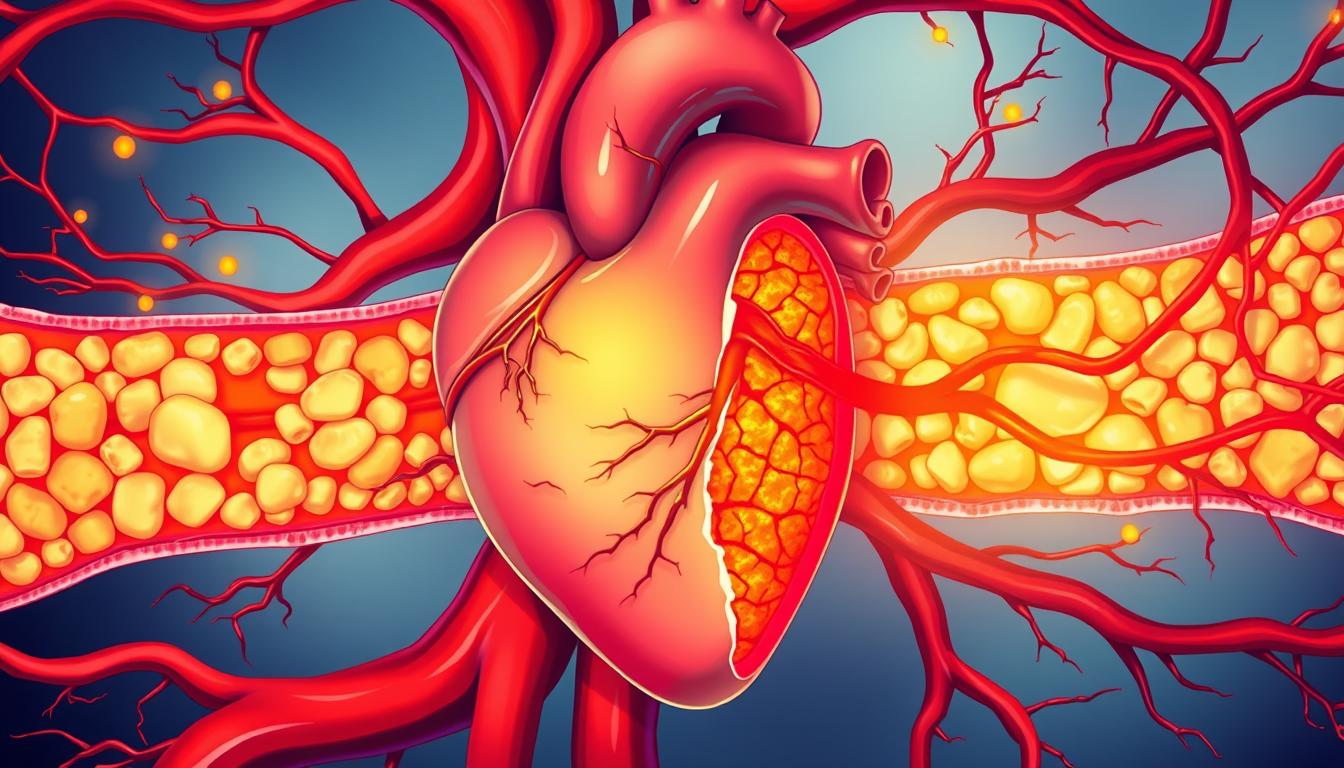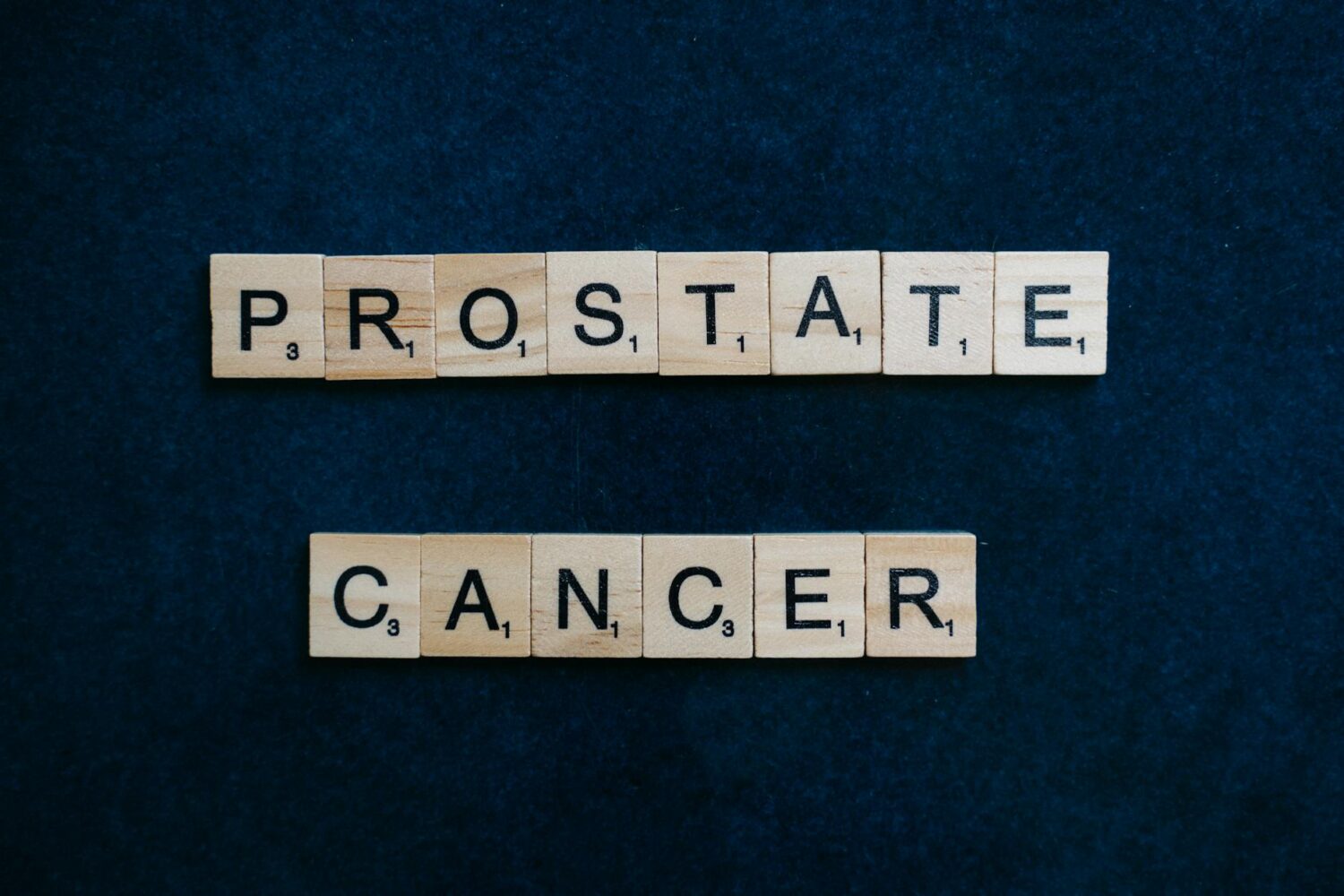Understanding Enlarged Prostate: Symptoms, Diagnosis, & What You Need to Know
Do you find yourself making endless trips to the bathroom, especially at night? Perhaps starting your urine stream has become a real struggle. If these scenarios sound familiar, you’re not alone. Many men experience similar issues as they age. An enlarged prostate, known medically as Benign Prostatic Hyperplasia, or BPH, affects millions. It is a common, non-cancerous condition that can significantly impact your daily comfort and sleep. This will help you understand BPH symptoms, how doctors diagnose it, and the steps you can take for your health.
Decoding Enlarged Prostate Symptoms: Recognizing the Signs
Enlarged prostate symptoms often relate to how urine flows. These changes can slowly appear over time. Knowing what to look for is the first step toward feeling better. They can make everyday activities, from working to sleeping, much harder.
Obstructive Symptoms: When Flow is Hindered
These symptoms happen when the enlarged prostate squeezes the urethra. The urethra is the tube that carries urine from the bladder out of the body. This pressure makes it hard for urine to pass freely.
- Difficulty Starting Urination (Hesitancy): You might feel the urge to pee but have trouble getting the flow to start. This often means you have to push or strain to begin urinating. It can feel like waiting for water from a stuck tap.
- Weak or Intermittent Urine Stream: Is your urine stream weaker than it used to be? Perhaps it stops and starts several times before you finish. You might also notice a prolonged dribble at the end of urinating, which can be messy.
- Feeling of Incomplete Bladder Emptying: After you finish peeing, you might still feel like your bladder is not empty. This sensation often leads to needing to go again very soon. It can be frustrating and inconvenient.
Irritative Symptoms: The Urge and Frequency
These symptoms arise from the bladder working harder. The bladder muscle tries to push urine past the prostate blockage. This extra effort can make the bladder more sensitive or overactive.
- Frequent Urination (Frequency): You may find yourself needing to urinate more often than before. This happens throughout the day and night. It disrupts your routine and can be quite bothersome.
- Urgent Need to Urinate (Urgency): Sometimes, the sudden urge to pee becomes very strong. It might feel like you cannot wait, and you have to rush to a bathroom right away. This urgency can cause anxiety when you’re out.
- Nocturia: Frequent Urination at Night: Waking up many times to urinate is a key sign of BPH. It breaks up your sleep cycle. This constant interruption can leave you feeling tired.
- Waking Up to Urinate: This is directly tied to nocturia. Getting up repeatedly at night for the bathroom prevents restful sleep. Over time, it can affect your energy and overall well-being.
Beyond Urinary Changes: Other Potential Signs of Enlarged Prostate
While most BPH symptoms involve urination, sometimes other issues arise. These can be less common but are important to recognize. If you notice any of these, seeking medical advice is crucial.
Less Common Symptoms and Their Implications
These additional signs can suggest complications from a longstanding enlarged prostate. They indicate a more serious problem.
- Urinary Tract Infections (UTIs): When the bladder doesn’t empty fully, urine can sit in it. This makes it easier for bacteria to grow. This can lead to painful UTIs.
- Blood in Urine (Hematuria): Though not common with BPH, blood in your urine can appear. It might be due to enlarged prostate veins or other conditions. Always tell your doctor if you see blood.
- Inability to Urinate (Acute Urinary Retention): This is a medical emergency. You suddenly can’t pass any urine at all. It causes severe discomfort and needs immediate hospital care.
When to Seek Medical Advice
Experiencing any of these urinary changes, even mild ones, warrants a doctor’s visit. Don’t wait for symptoms to become severe. Early action can make a big difference.
- Recognizing When Symptoms Warrant a Doctor’s Visit: Any persistent or troublesome urinary changes deserve attention. Your family doctor is a great starting point. They can help figure out the cause.
- The Importance of Early Diagnosis: Catching BPH early means more treatment options are available. Early diagnosis can prevent worsening symptoms and potential complications. It helps manage your quality of life better.
The Diagnostic Journey: How Enlarged Prostate is Identified
If you suspect you have an enlarged prostate, your doctor will perform several checks. These steps help them understand your condition. This process helps rule out other problems too.
Medical History and Physical Examination
Your doctor’s first steps involve talking to you and a physical check-up. This provides important clues.
- Gathering Information on Symptoms and Lifestyle: Your doctor will ask about your symptoms. They’ll want to know how often you urinate, if you have pain, and your fluid intake habits. This helps build a full picture.
- Digital Rectal Exam (DRE): During a DRE, your doctor gently inserts a gloved finger into your rectum. They feel your prostate gland through the rectal wall. This exam helps them check its size, shape, and texture.
- Discussing Medical History and Other Conditions: Your doctor will ask about your overall health. They will inquire about other medical conditions you have. They’ll also ask about any medications you take.
Diagnostic Tests for Enlarged Prostate
After the initial checks, specific tests help confirm BPH. These tests provide objective data about your prostate and bladder function.
- Urinalysis: This simple urine test checks for infection. It also looks for blood or other issues in your urine. It helps rule out other causes of urinary symptoms.
- Blood Tests (PSA Test): A blood sample is taken to measure your Prostate-Specific Antigen (PSA) level. PSA can be higher with an enlarged prostate. However, a high PSA can also mean prostate cancer, so further investigation may be needed.
- Urine Flow Studies (Uroflowmetry): You’ll urinate into a special device during this test. It measures how fast your urine flows. It also records the total amount of urine passed. A weak or slow flow can point to BPH.
- Post-Void Residual (PVR) Urine Measurement: After you urinate, your doctor will check how much urine remains in your bladder. This is often done with an ultrasound scan. A lot of leftover urine suggests the bladder isn’t emptying well.
- Ultrasound of the Prostate and Bladder: This imaging test uses sound waves. It creates pictures of your prostate gland and bladder. It can show the size of your prostate. This also shows if your bladder is emptying completely.
Differentiating BPH: Ruling Out Other Conditions
It is vital to know that other health issues can cause similar urinary symptoms. Your doctor will work to rule these out. This ensures you get the correct diagnosis.
Prostate Cancer vs. BPH
Many men worry about prostate cancer when they hear about prostate issues. It’s a valid concern.
- Similarities in Symptoms: Both BPH and prostate cancer can cause problems like frequent urination or a weak stream. These overlapping symptoms mean doctors must be thorough.
- Role of PSA and DRE in Differentiation: The PSA blood test and the Digital Rectal Exam are key tools. They help doctors decide if further steps are needed to rule out cancer. These tests do not diagnose cancer alone.
- Importance of Biopsy for Definitive Diagnosis: PSA levels might be high or the DRE could be abnormal. In these cases, a prostate biopsy might be needed. This is the only way to confirm or rule out prostate cancer for sure.
Other Potential Causes of Urinary Symptoms
BPH is not the only reason for urinary problems. Your doctor will consider other possibilities.
- Urinary Tract Infections (UTIs): These infections can cause frequent and urgent urination. They can also cause burning pain. A urinalysis will detect a UTI.
- Overactive Bladder (OAB): OAB is when your bladder muscles contract without warning. This causes a sudden, strong urge to urinate. It is different from BPH, though symptoms can overlap.
- Kidney or Bladder Stones: Stones can block urine flow. They can cause pain and changes in urination patterns. Imaging tests can find these stones.
Managing Enlarged Prostate: Options and Lifestyle Adjustments
Once diagnosed, many ways exist to manage an enlarged prostate. These range from simple lifestyle changes to medical treatments. Your doctor will help you choose the best path.
Lifestyle Modifications for Symptom Relief
Simple changes can often bring significant relief. These are good first steps for many men.
- Fluid Management: Try to spread out your fluid intake throughout the day. Avoid drinking a lot of liquids right before bedtime. This can reduce nighttime bathroom trips.
- Dietary Adjustments: Some foods and drinks can irritate your bladder. Try limiting caffeine, alcohol, and spicy foods. See if your symptoms improve.
- Bladder Training Techniques: You can try to extend the time between bathroom visits. This helps train your bladder to hold more urine. Double voiding, where you urinate, wait a few moments, and then try to urinate again, can also help.
- Pelvic Floor Exercises: Strengthening your pelvic floor muscles can improve bladder control. Your doctor or a physical therapist can show you the right exercises. These are often called Kegel exercises.
Medical Treatments for BPH
When lifestyle changes aren’t enough, medication can often help. These medicines work in different ways to improve urine flow.
- Alpha-Blockers: These medicines relax the muscles in your prostate and bladder neck. This makes it easier for urine to flow. They often work quickly to relieve symptoms.
- 5-Alpha Reductase Inhibitors: These drugs work by shrinking the prostate gland itself. They can take longer to show effects, sometimes several months. They may be useful for larger prostates.
- Combination Therapy: Sometimes, your doctor might prescribe both types of medications. This approach can be more effective for some men. It targets different aspects of BPH.
Surgical and Procedural Options
For more severe cases, or when other treatments fail, surgery might be an option. These procedures offer more lasting relief.
- Minimally Invasive Procedures: Newer options involve less invasive techniques. These include procedures like Rezūm water vapor therapy or UroLift. They aim to open the urine channel with fewer side effects.
- Traditional Surgical Procedures (e.g., TURP): Transurethral Resection of the Prostate (TURP) is a common surgery. It involves removing parts of the prostate that block urine flow. This is considered when symptoms are very bothersome and other methods don’t work.
Conclusion
Understanding an enlarged prostate is key to managing your health. Recognizing the signs is the first step. These signs include frequent urination at night, difficulty starting urination, or a weak urine stream. Knowing how doctors diagnose BPH, from a digital rectal exam to blood tests and flow studies, helps demystify the process. Remember, BPH is common, but its symptoms can be managed. Lifestyle changes, medications, and even surgery offer effective solutions. Don’t let enlarged prostate discomfort affect your daily life. If you experience any symptoms, talk to your doctor. They can provide personalized advice and the right treatment plan for you. Taking action for your prostate health today means better comfort and well-being tomorrow.













